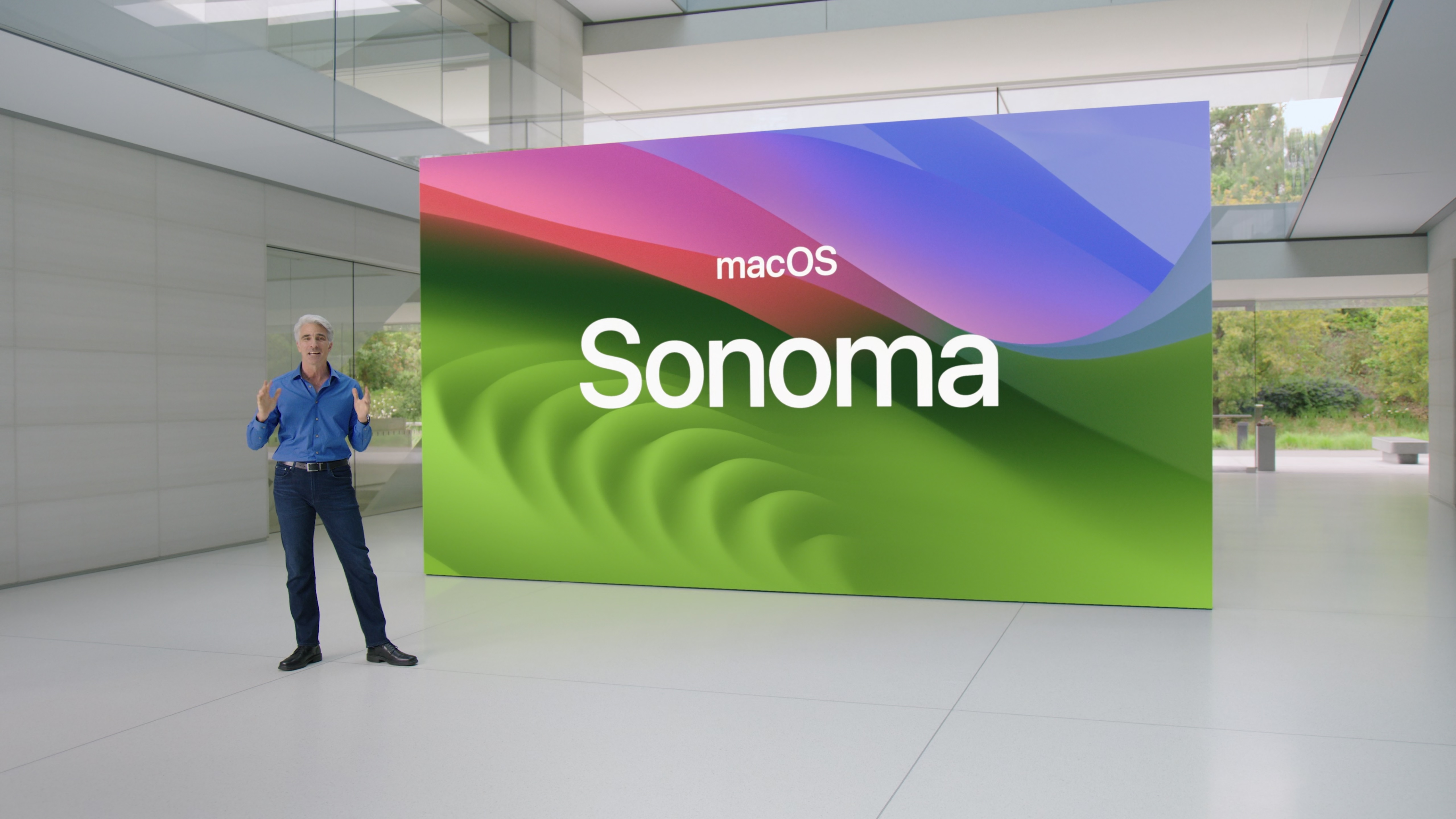Apple takes a big swing in a failed category with its Vision Pro 'AR' headset
The problem with VR was never the quality; it was the modality, something Apple hasn’t solved.
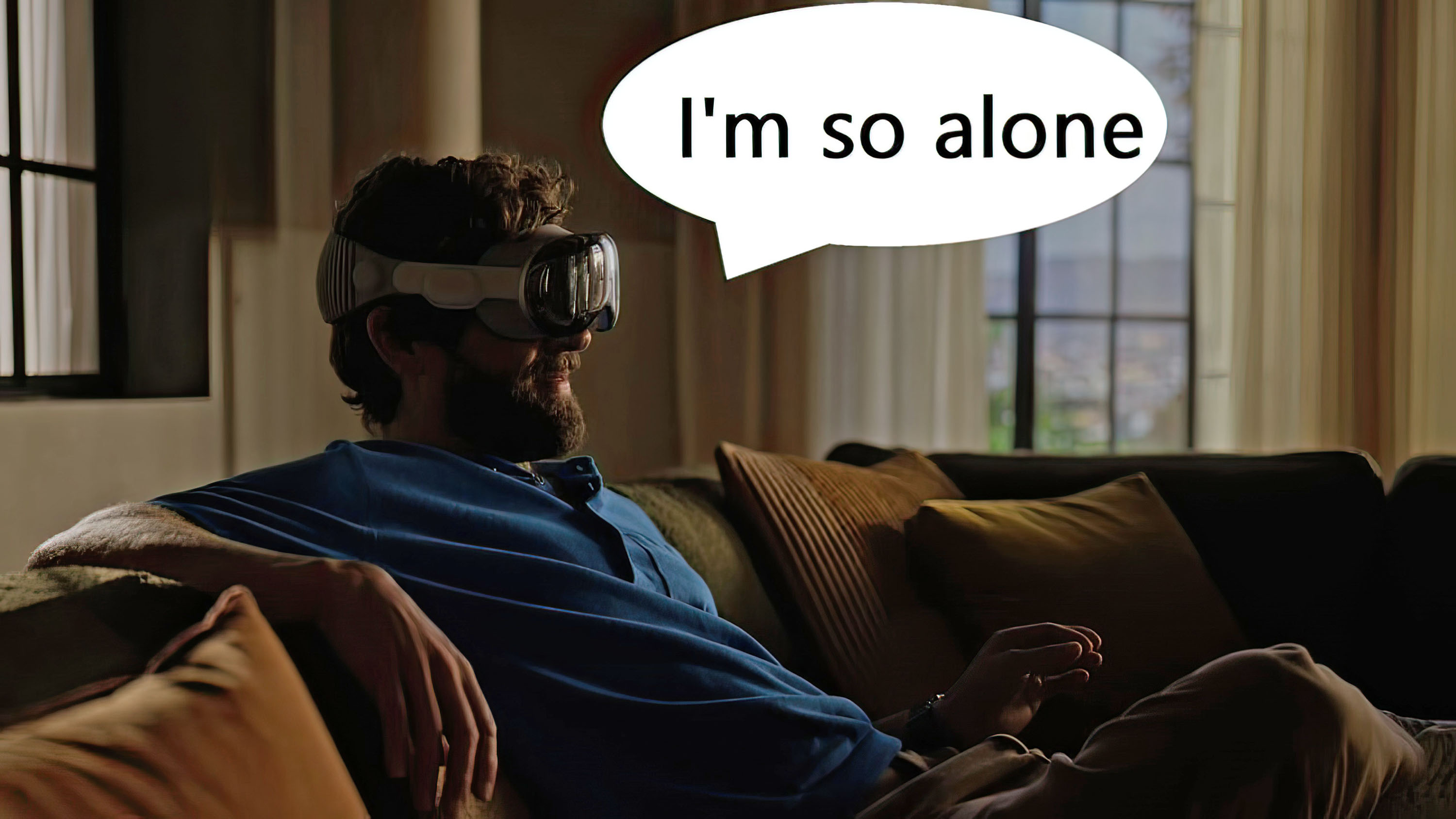
Apple today unveiled its long, long rumored Vision Pro with its virtual and mixed reality systems mashup into what it calls its spatial computer (a term first invented in 2003 and used by Microsoft and others since).
There’s no denying that a LOT of effort and technology went into the $3,500 headset, with Apple claiming it filed (though not granted) 5,000 patents related to the Vision Pro’s design stage. There’s also no denying that the quality of the experience is likely untouched by any other AR and VR system on the market today.
But will it work for Apple? Investors have put a lot of pressure on Apple CEO Tim Cook to deliver a new growth category as sales of Macs, iPhones, and tablets have mostly plateaued (there’s more growth with Apple Watch, financial services, and Apple TV, albeit slower).
However, at $3,500, the Apple Vision Pro is a big gamble, especially once it comes out in early 2024. Here’s why.
The market has shifted
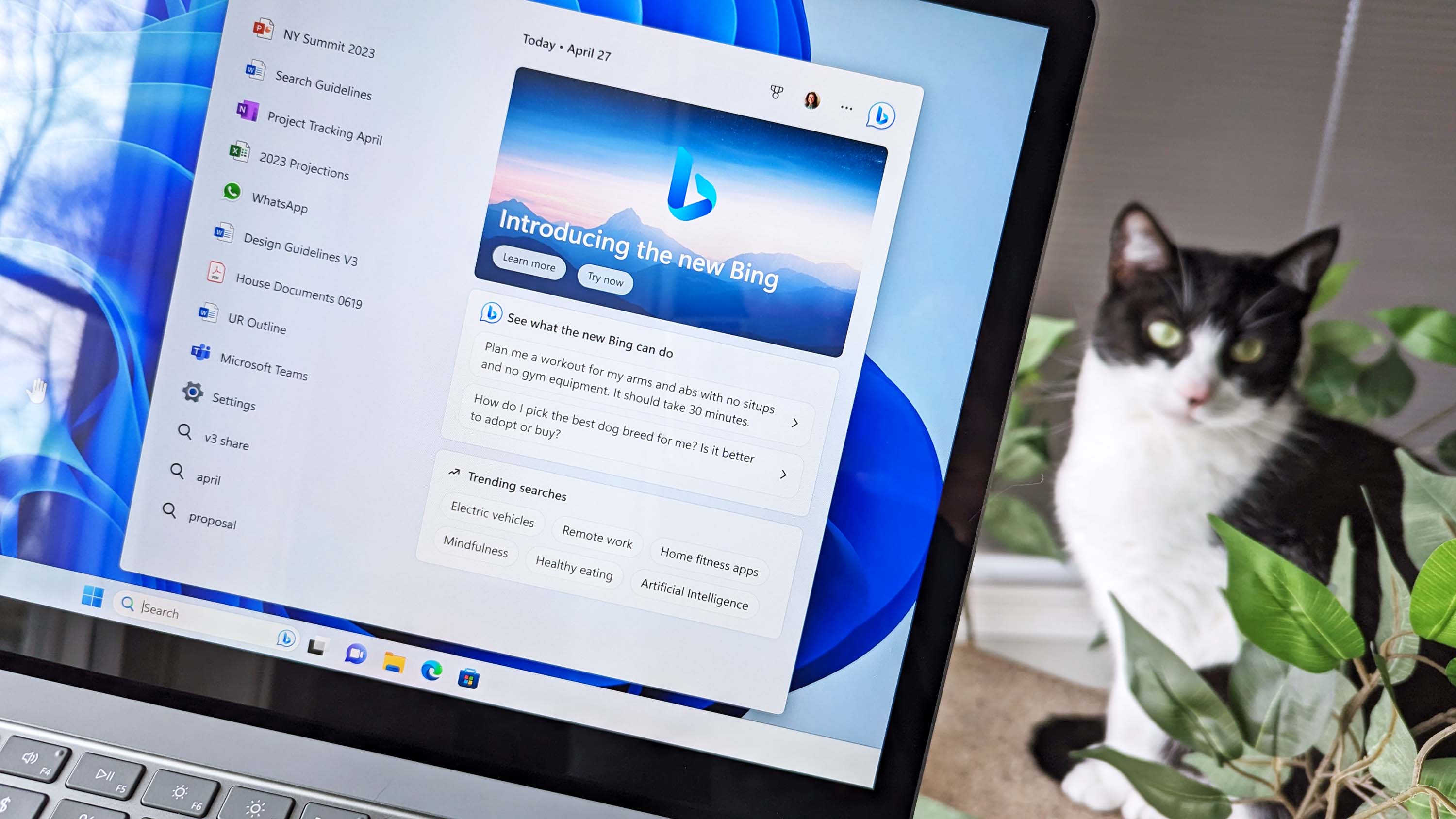
It was only a few years ago when every tech news site you read was hyping the metaverse. Along with NFTs and Web3, many saw metaverse as the next big thing in tech. For example, in 2022, the investment bank Citi estimated that the metaverse represents a potential $8 trillion to $13 trillion opportunity by 2030. Indeed, Facebook famously changed its name to Meta because Mark Zuckerberg was convinced the metaverse was the future.
Call it burnout or just actual reality setting in, but the metaverse fizzled out as fast as it came. Every major tech company has pulled back on the concept, with headset prices slashed due to low demand. The reason? Most people didn’t seem keen on putting on a headset to go to work, nor did they want to spend large amounts of time in a virtual world (see iMore's take on this idea, which calls it "dystopian.")
Companies like Google and Samsung have no public plans for consumers in this space, although both are rumored to work on AR/VR products. Microsoft, of course, has HoloLens, which has had its ups (and many recent downs), but the company has smartly kept the tech away from the consumer market due to the lack of a strong use case.
Get the Windows Central Newsletter
All the latest news, reviews, and guides for Windows and Xbox diehards.
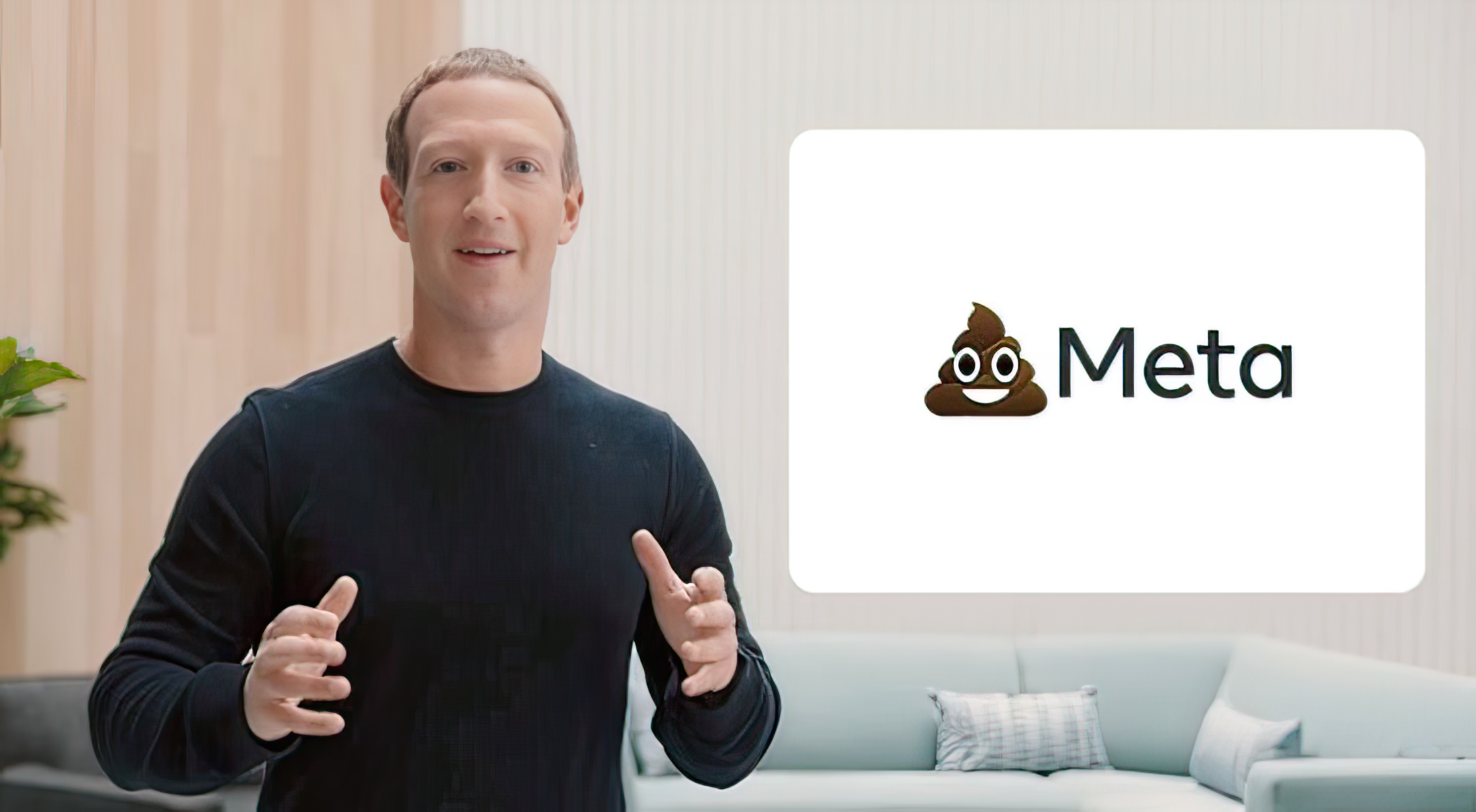
Instead, in 2023, AI and Large Language Models (LLMs) are the big rage. But here’s the difference: This technology is now used by millions daily and has significantly impacted the entire tech world. AI went from buzzword to reality in just a few months, and it could upend the jobs market, help creatives, and cause problems for social networks. So AI seems to be much more than just a fad.
Meanwhile, Apple is here in 2023 to announce a VR/AR headset that costs $3,500 (The same price as Microsoft’s HoloLens 2) when the economy is slowing down. What did Apple not discuss at WWDC? Anything with AI, chatbots, or assistants. It did mention machine learning (ML) for adaptive sound in AirPods, but is there a plan to make Siri not terrible? What is Apple’s response to Microsoft and Google? So far, it has none. From an outside view, it appears Apple is jumping into a loss-leading category with the Vision Pro while it stays silent on what many consider to be the biggest tech story of the year: The rise of AI.
The problem with AR/VR was NEVER about quality
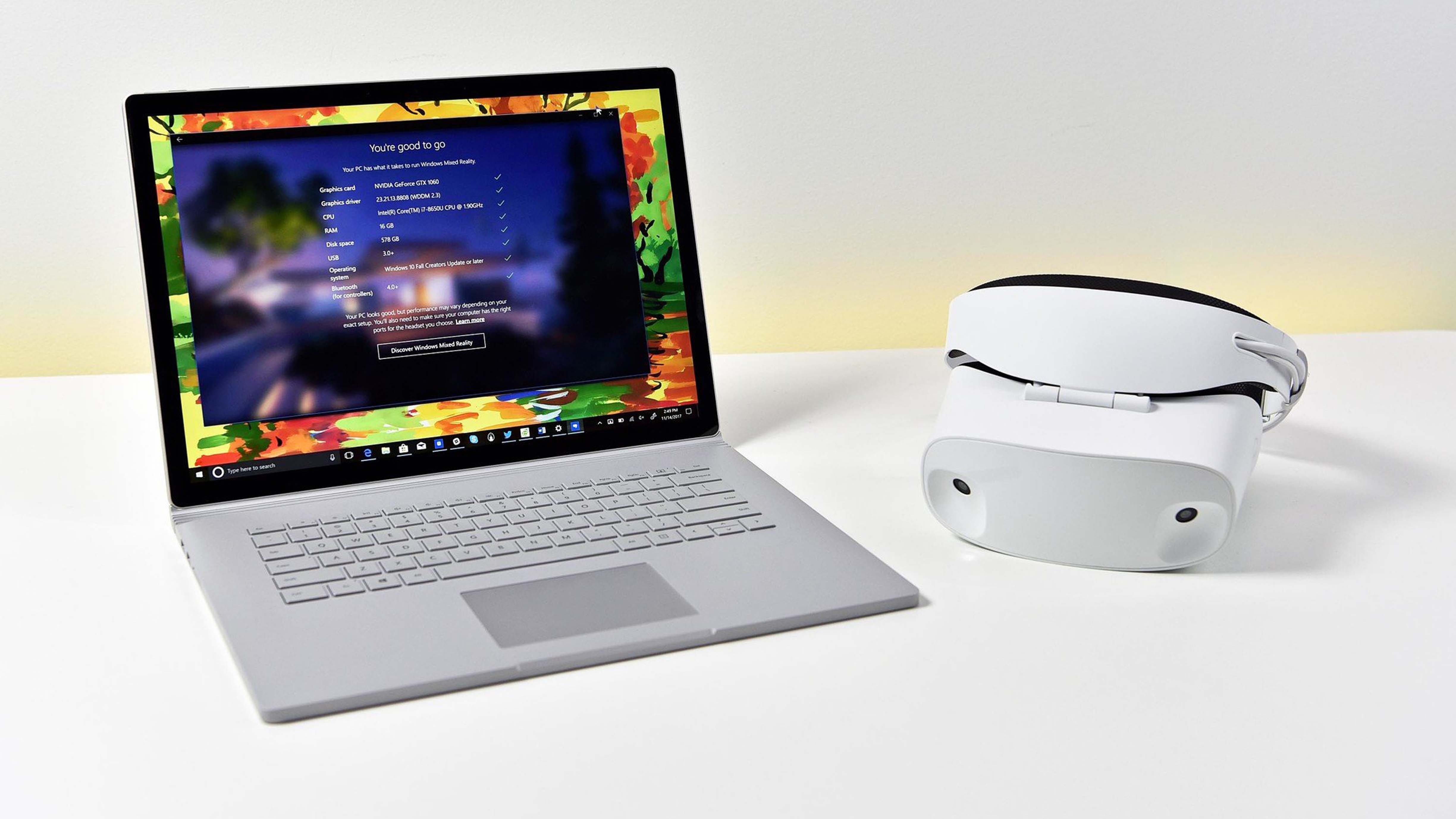
Apple did a lot of handwaving around how good its new headset is, and I won’t challenge them. I believe it. Sure, it has a weird, wired battery pack that you need to wear to deliver the 2 hours of usage, but I’m sure the experience will be unlike anything we’ve seen.
But the complaints about AR and VR, especially around low adoption rates (and low, consistent return usage), were never really about the quality or price. The problem, for many, with this entire genre is putting on a headset in the first place to do things you can already do without one.
And, lest we forget, Microsoft created a virtual version of the entire Windows OS in 2017 with $400 Windows Mixed Reality kits to let users do all sorts of things like play games, run UWP apps, and more. But, unfortunately, the whole thing fell flat, and considering this was 2017, it was not because the quality was poor. On the contrary, it was impressive for the time, but people did not want to use a PC that way because strapping a headset on wasn’t worth the effort.
Last I checked, you can watch movies, work on multiple displays, play games, and video conference without wearing a headset with 12 cameras, six microphones, and two hours of battery life, which costs $3,500.
There is something very isolated about putting on a headset to see things that other people around you cannot experience. Sure, Apple does an odd thing where it has a video projection of your eyes so other people can be tricked into “seeing” you, but that doesn’t solve everything. The idea of coming home after work to spend time with the wife and kids only to strap a TV to your head so you (and only you) can watch a movie or play a game seems f*cked up, especially when people feel more alone than ever before.
All Apple has done here is create the world’s best AR/VR headset. No small feat with some highly talented people behind it, but I’m not yet convinced that this category is something people want, at least for everyday use.
A wait-and-see approach?
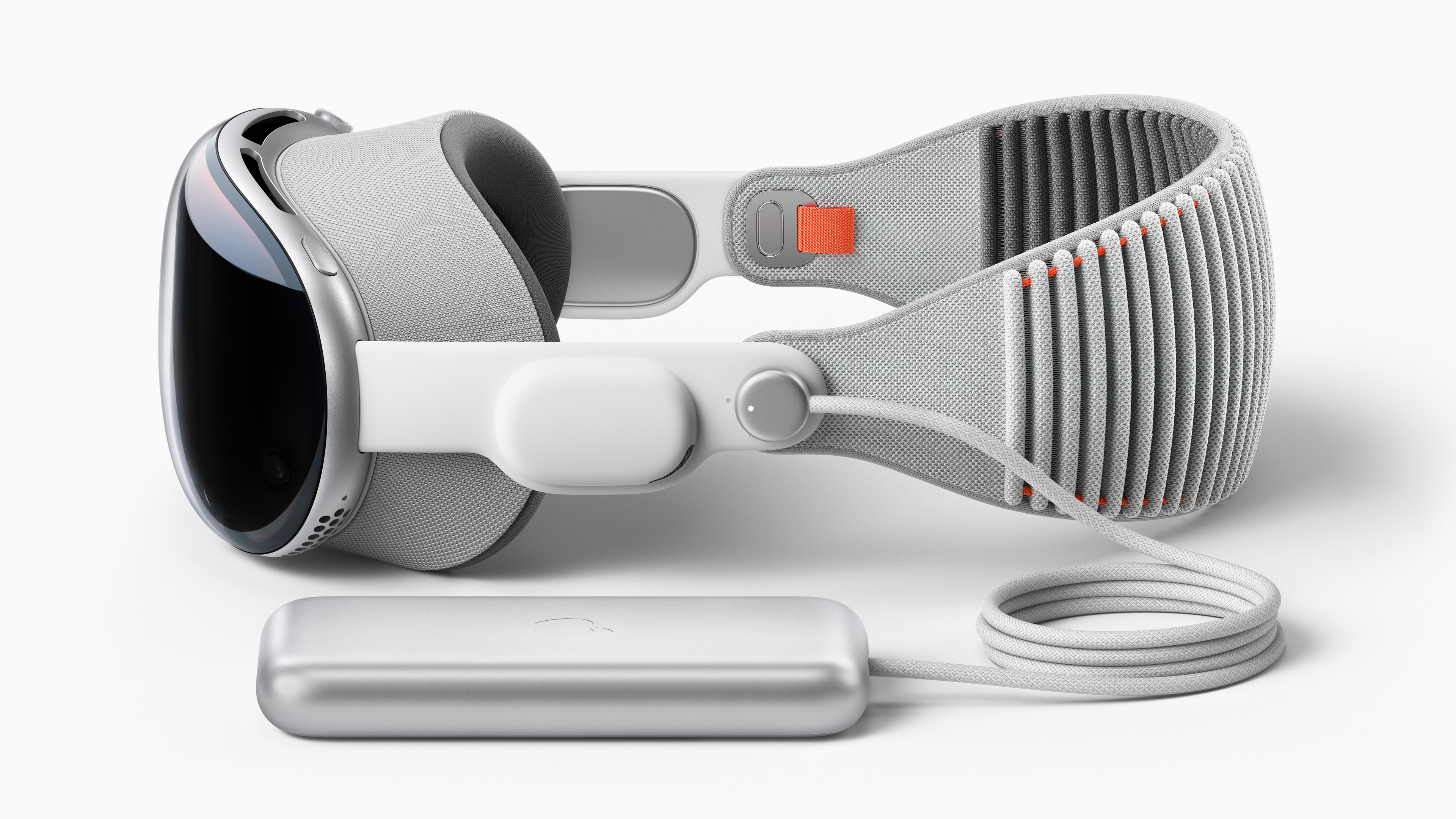
Of course, the Apple fan always has the retort to all of this by citing how people underestimated the iPhone, AirPods, iPad, etc. All of that is true. Apple, despite some goofy names, really did take existing categories and made them more viable for consumers.
But a good track record is not an argument for the viability of its Vision Pro headset. Its price is out of reach for most people. Its use case is vaguely defined or, at the very least, very niche. And it doesn’t solve the biggest problem with this entire category, which is the self-isolating nature of putting on an eye mask with fans to experience something only you can see, pushing friends and family to the side for a single-person experience.
Will Apple Vision Pro be impressive? Absolutely. But Apple has a big hill to climb in what has proven to be a tough category. And one the consumer market has (largely) rejected.
Maybe this could be the first step towards something more significant. The same argument for AI was often made, people scoffed, and it finally had its day in 2023. So perhaps wearable spatial computers are the next big trend. Or, maybe, like Microsoft, such tech is better suited for professional work environments and away from mom and dad.

Daniel Rubino is the Editor-in-chief of Windows Central. He is also the head reviewer, podcast co-host, and analyst. He has been covering Microsoft since 2007 when this site was called WMExperts (and later Windows Phone Central). His interests include Windows, laptops, next-gen computing, and wearable tech. He has reviewed laptops for over 10 years and is particularly fond of 2-in-1 convertibles, Arm64 processors, new form factors, and thin-and-light PCs. Before all this tech stuff, he worked on a Ph.D. in linguistics, performed polysomnographs in NYC, and was a motion-picture operator for 17 years.
-
R K7 Apple's #1 consumer are high school/college females. The last thing they want to do is put on ski gaggles that will mess up their make up, hair, make them look stupid and completely isolatate them from their friends and family.Reply -
randalllewis@outlook.com I tried Windows Mixed Reality and there was no question that the experience was very cool. I loved the Windows interface presented on the OS (of course that may be because I live near Mt. Rainier and the default view the OS offered is very familiar to me), but as for the practicality of the rest of the experience it was just not there for me, with the one exception of the exploration app. I remember the experience of floating above Machu Picchu in a hot air balloon as absolutely wonderful. The educational components and ability to change the view were well done. That was absolutely the next best thing to being there. But for me, that was it. I watched a movie one time but hated the feeling of isolation and the other apps available just weren't needed on a VR device. If they had released that version of Minecraft for VR they once demoed for HoloLens, that might have been another good experience. I still have my set, but it hasn't been used for years.Reply -
Daniel Rubino Reply
Yeah, all of this VR tech is hard to explain as to why it hasn't caught on. You try it, are kind of blown away by it, and then put it down only to rarely return. WMR was really advanced for the time, but there was always this "OK, now what?" aspect. They did envision "visiting" friends and sharing spaces, which would have been neat, but I'm not sure that would have changed things either.randalllewis@outlook.com said:I tried Windows Mixed Reality and there was no question that the experience was very cool. I loved the Windows interface presented on the OS (of course that may be because I live near Mt. Rainier and the default view the OS offered is very familiar to me), but as for the practicality of the rest of the experience it was just not there for me, with the one exception of the exploration app. I remember the experience of floating above Machu Picchu in a hot air balloon as absolutely wonderful. The educational components and ability to change the view were well done. That was absolutely the next best thing to being there. But for me, that was it. I watched a movie one time but hated the feeling of isolation and the other apps available just weren't needed on a VR device. If they had released that version of Minecraft for VR they once demoed for HoloLens, that might have been another good experience. I still have my set, but it hasn't been used for years. -
Daniel Rubino Reply
This seems a bit of an overgeneralization and stereotype. I'd also argue Apple's customer base often skews towards older users, but I also don't see them wanting to use this, either. I think the biggest users/audience is tech guys with money in their 30s and 40s, but that's just a guess.R K7 said:Apple's #1 consumer are high school/college females. The last thing they want to do is put on ski gaggles that will mess up their make up, hair, make them look stupid and completely isolatate them from their friends and family. -
R K7 Reply
I was just repeating a comment my female friend said when she saw Apple's presentation. Her argument/insight was that tech seems to designed by men for men with no understanding of a female's point of view...Daniel Rubino said:This seems a bit of an overgeneralization and stereotype. I'd also argue Apple's customer base often skews towards older users, but I also don't see them wanting to use this, either. I think the biggest users/audience is tech guys with money in their 30s and 40s, but that's just a guess.
